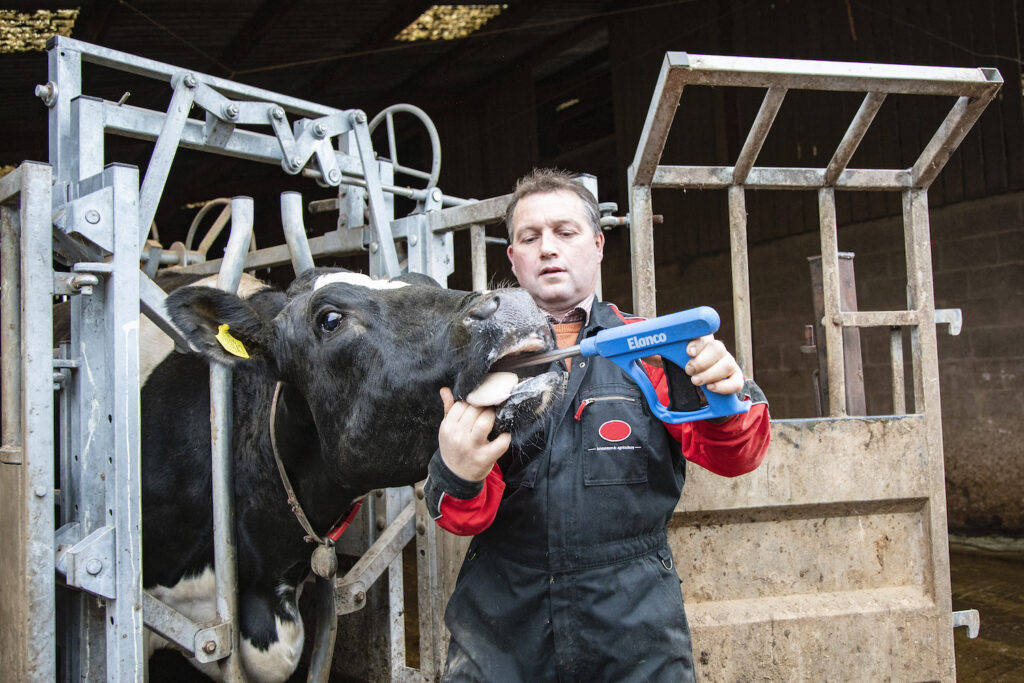Majority of disease occurs in first 60 days post-calving, dairy poll shows
23rd September 2022
A recent poll has shown that 78.7% of UK dairy farmers found the majority of disease and poor health in their herd occurs in the first 60 days post-calving.
Kate Heller, ruminant technical consultant at Elanco Animal Health, says that in most cases, disease and health issues occurring in this period are transition-related.
“Farmers don’t necessarily directly correlate post-calving health issues with ketosis, but more often than not, it is a key contributing factor,” she says.
Ketosis becomes especially apparent on-farm in the first month after calving, when a negative energy gap naturally develops within the cow. This is due to a surge in energy required for late foetal development and birthing the calf, coupled with the onset of milk production.
Ms Heller says preventing ketosis – both clinical and subclinical forms of the disease – is crucial to mitigate its impact on cow health, production, and overall business profitability.
“The direct cost of ketosis on-farm can be up to £220 per case, with the cost rising even further as cows become more susceptible to other diseases, due to the weakening of their immune system,” Ms Heller explains.
“‘SOFT cows’ – those that are Sick, Old, Fat, Thin or Twin bearing – are at greatest risk of developing ketosis and associated diseases during the transition period.”
By identifying the cows that fall into these categories, farmers, vets, and nutritionists can work together to provide a holistic approach to transition management and ketosis prevention, to truly optimise the herd’s potential, Elanco says.
When teamed with careful diet formulation, good management practices, and regular monitoring of the herd’s health status, the best way to avoid the onset of ketosis in high-risk animals or in at risk individuals is to administer an intraruminal monensin bolus, such as Kexxtone, three to four weeks before calving, the company adds.
“When a monensin bolus is administered, glucose production within the cow is stimulated, delivering increased energy levels over a 95-day period. This treatment has been shown to reduce the development of ketosis by 74%,” Ms Heller explains.
“By treating all those cows at high risk of ketosis with a monensin bolus prior to calving, you can significantly reduce the negative energy gap, helping prevent increased disease levels during the high risk 60-day post-calving period,” concludes Ms Heller.
For further information on ketosis in dairy cows, visit: https://www.farmanimalhealth.co.uk/dairy/kick-ketosis.

